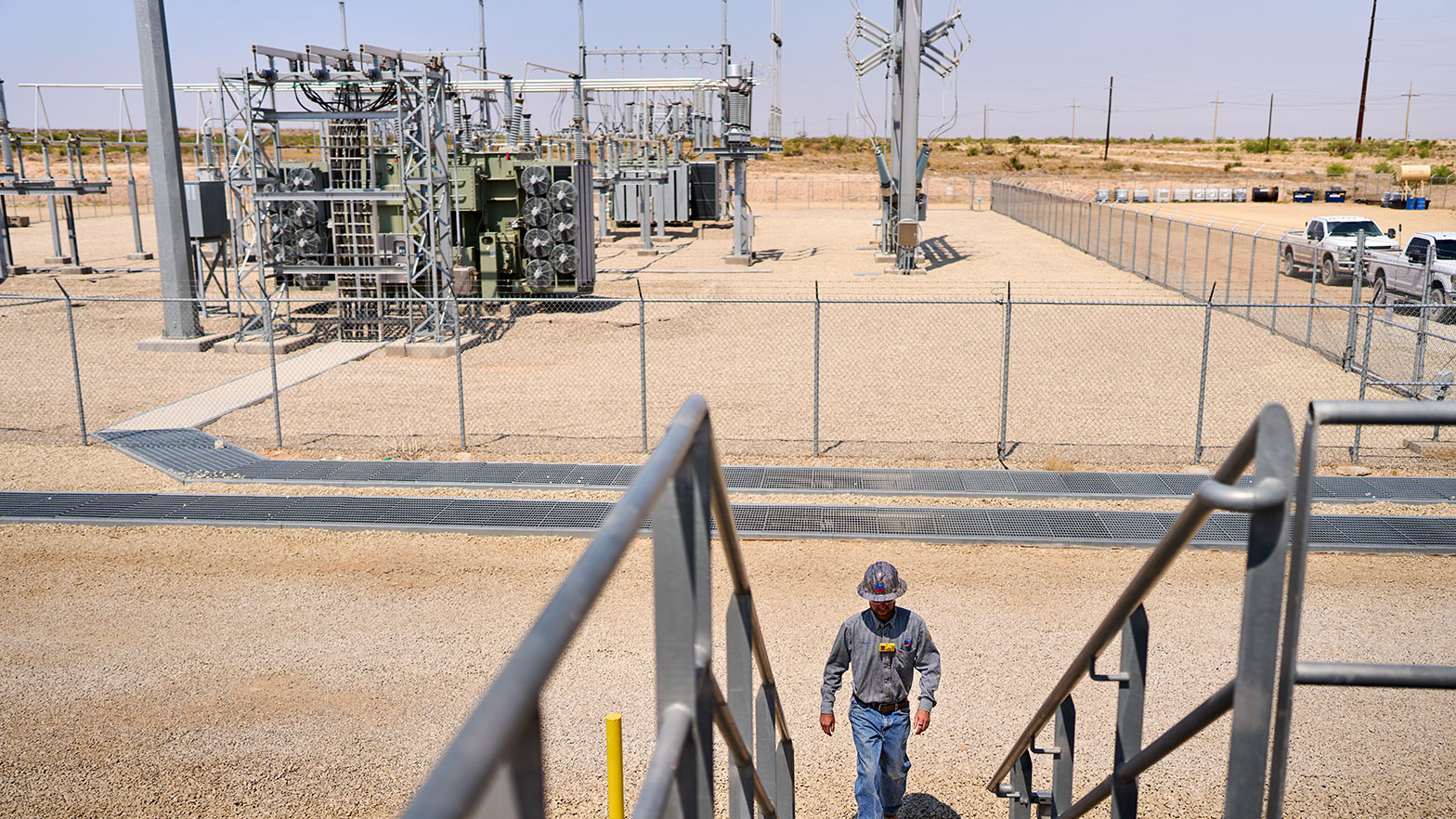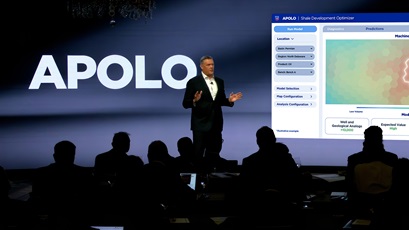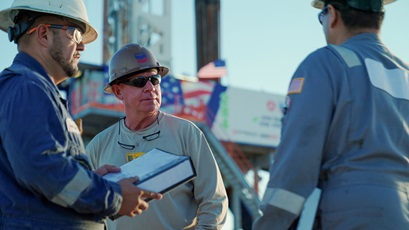our operations
permian basin offers lessons on reducing methane emissions
2 min read | november 28, 2023
There’s knowledge to be found in Chevron’s vast Permian Basin operations.
The Permian Basin has caught the attention of several nations seeking to reduce the environmental impact of their energy production. Earlier this year, Chevron participated in the first of three planned Permian engagements, when representatives from visiting countries arrived to study best practices.
why it matters
The Global Methane Pledge was formed to reduce worldwide, human-made methane emissions from 2020 levels by at least 30% by 2030.
Countries that support the pledge are looking to U.S. companies to help launch their initiatives and further drive down emissions.
vanessa ryan
manager of methane reduction
welcome to the permian
Representatives from Middle Eastern and North African countries toured the region to take lessons on how companies like Chevron are seeking to reduce methane emissions.
Chevron shared its strategies with the delegations—and plans to soon do the same with the Latin American and Indo-Pacific visitors. These initiatives are meant to highlight innovative technologies like methane detection, monitoring and measurement.

Chevron aims to be a global leader in methane emission performance.
why here?
Chevron is making numerous efforts to reduce the methane intensity of its Permian Basin operations. This includes:
- Working with Bridger Photonics, a methane detection company, to conduct flyovers that identify methane leaks across Chevron’s Permian operations.
- Using a sensor network to identify methane leaks through its participation in the University of Texas-led Project Astra.
- Reducing flaring in the Permian, including by use of real-time, autonomous optimizers to monitor Chevron’s unconventional facilities and well conditions.
- Having a find-and-fix strategy in place so that, if a leak is detected, a team can be deployed to inspect and repair it.
more on the tour
Chevron’s tour began at its Midland, Texas operations and later featured a session with some of the company’s methane experts, who were available to answer questions.
“That was beneficial because they were able to get a better understanding of what we were doing as a company as well,” said Todd Watkins, lead corporate affairs advisor. “I think it was a very successful visit.”
topics covered
related content
-

 how APOLO helps chevron pinpoint prime drilling locations
how APOLO helps chevron pinpoint prime drilling locationsour operationsnovember 12, 2025
-

 robotics supports more efficient workplace
robotics supports more efficient workplaceour operationsnovember 10, 2025
-

 the people who power the US energy advantage
the people who power the US energy advantageour operationsnovember 06, 2025
-

 a statement from chevron CEO mike wirth on Argentina
a statement from chevron CEO mike wirth on Argentinaour operationsseptember 24, 2025
chevron email updates
Subscribe to our newsletter to receive news and updates.



